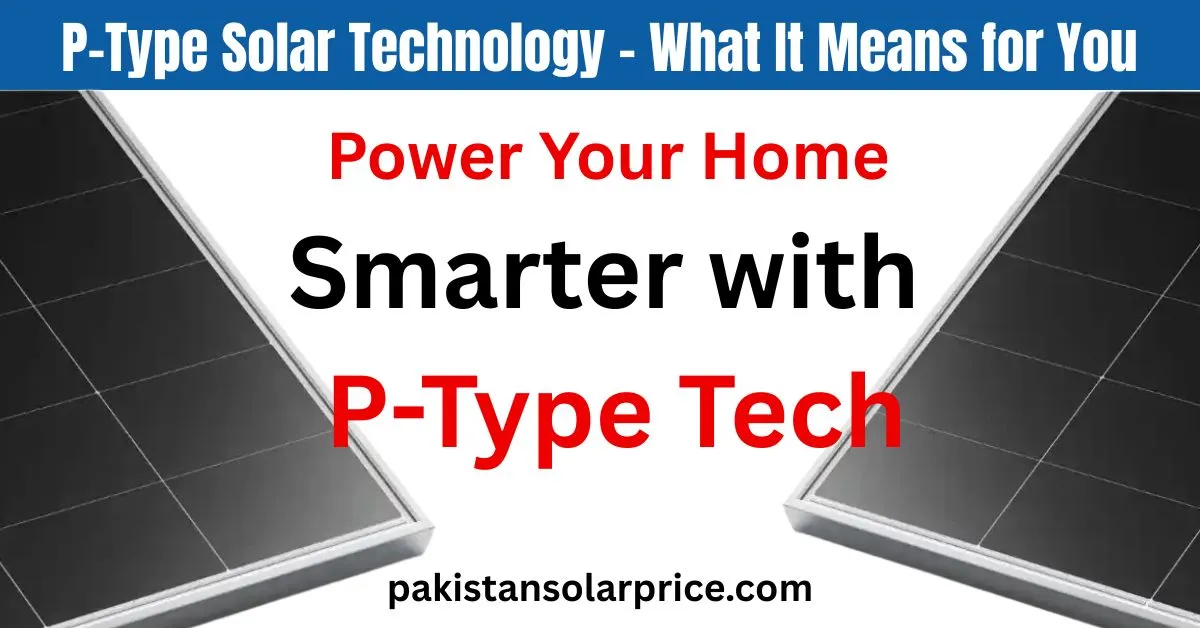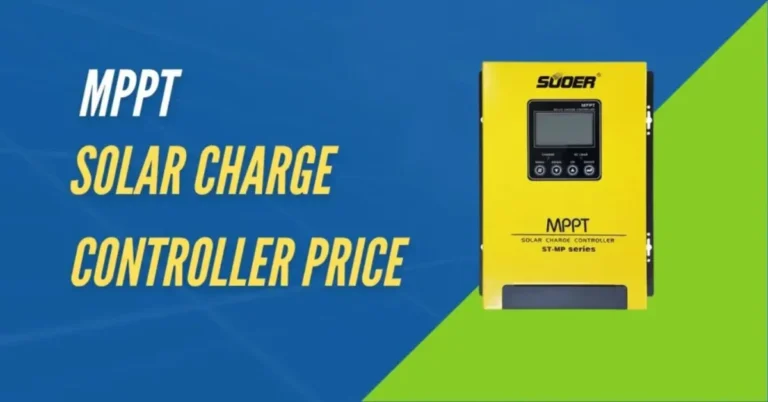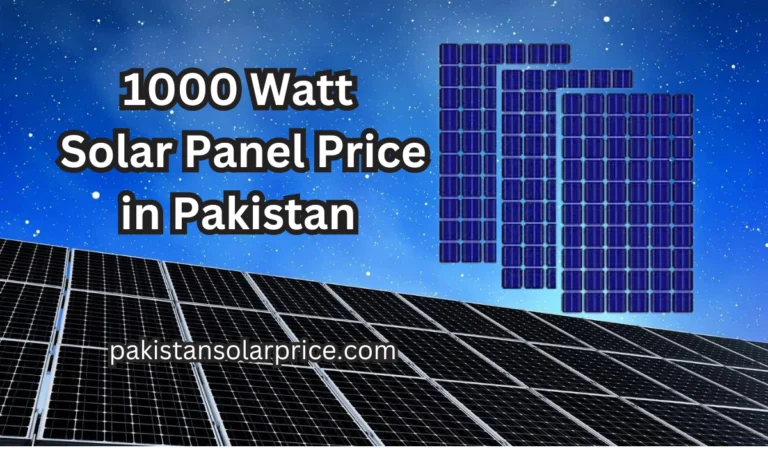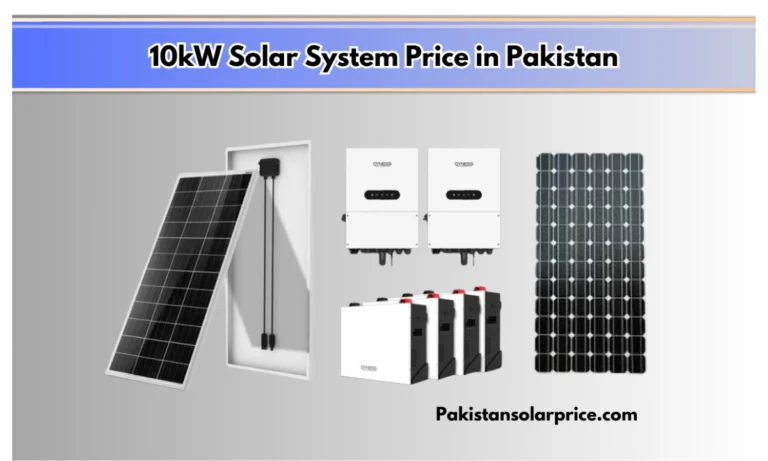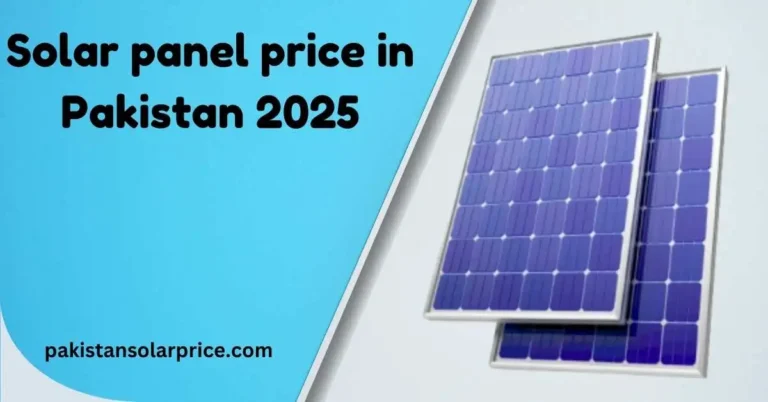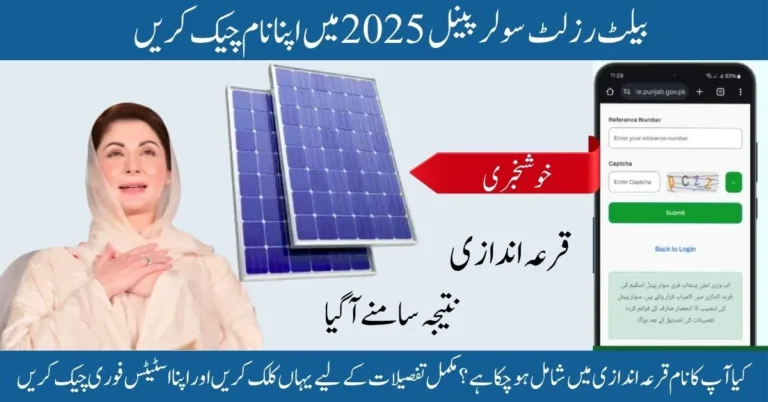P-Type Solar Technology – What It Means for You
As solar energy becomes increasingly popular in homes and businesses, understanding the type of solar panel technology you’re investing in is more important than ever. Among the most common options, you’ll likely come across the term P-type solar panel. But what exactly is it, and why does it matter to you?
In this article, we’ll break down P-type solar technology in simple terms, explore how it compares to other types like N-type, and help you decide if it’s the right fit for your energy needs and budget.
What Is P-Type Solar Technology?
P-type solar panels use silicon that’s been doped with elements to create a positive charge—hence the “P” in P-type. This doping process creates “holes” that act as charge carriers in the solar cell, allowing it to convert sunlight into electricity efficiently.
These panels are widely used in the solar industry because:
- They are cost-effective to produce.
- They offer solid performance under typical weather conditions.
- They’re commonly found in residential and small commercial solar systems.
P-Type vs. N-Type Solar Panels: What’s the Difference?
While both types aim to convert sunlight into usable electricity, their internal structure and performance vary:
| Feature | P-Type Panels | N-Type Panels |
|---|---|---|
| Doping Material | Boron (positive-type) | Phosphorus (negative-type) |
| Efficiency | ~16%–19% | ~20%–22% |
| Degradation (LID) | Higher (susceptible to LID) | Lower (resistant to LID) |
| Cost | More affordable | More expensive |
| Ideal For | Budget-conscious buyers | High-efficiency needs |
P-type panels are perfect for users who want good performance at a lower price, while N-type panels are ideal when efficiency and longevity are the priority.
Key Advantages of P-Type Solar Panels
If you’re weighing the pros and cons, here’s what makes P-type solar panels a great choice:
- Affordable Cost: One of the lowest-cost solar technologies available today.
- Proven Technology: Used in the majority of solar installations worldwide.
- Great for Homes: Delivers reliable performance in residential settings.
- Widely Available: Easy to source from most major solar brands.
These benefits make P-type panels a smart entry point for homeowners just beginning their solar journey.
What Are the Limitations?
Despite their popularity, P-type solar panels do come with a few trade-offs:
- Light-Induced Degradation (LID): Their performance can decrease over time when exposed to sunlight due to boron-oxygen reactions.
- Lower Efficiency: Compared to N-type technology, they offer slightly lower efficiency, which can matter if space is limited.
- Shorter Lifespan: Over 20–25 years, you may see more output loss than with N-type panels.
Real-Life Applications of P-Type Panels
P-type solar panels are incredibly versatile. Here’s where they shine:
- Residential Rooftop Systems: Ideal for powering lights, fans, and small appliances.
- Small Businesses: Great for reducing utility bills in shops and offices.
- Rural Off-Grid Homes: Affordable and easy to install where electricity access is limited.
Is P-Type Right for You?
Choosing the right solar panel depends on your budget, location, and energy goals. P-type panels are right for you if:
- You want a cost-effective solution without compromising too much on performance.
- You have ample rooftop space to compensate for the slightly lower efficiency.
- You’re installing solar in sunny or moderate climates with regular maintenance.
Conclusion
P-type solar technology is a reliable, affordable, and proven choice for residential and commercial solar installations. While it may not be the most cutting-edge option, its accessibility and widespread availability make it the go-to solution for most first-time solar users.
If you’re considering switching to solar, a P-type panel system could give you the best bang for your buck—especially in sunny regions where output is consistent.

